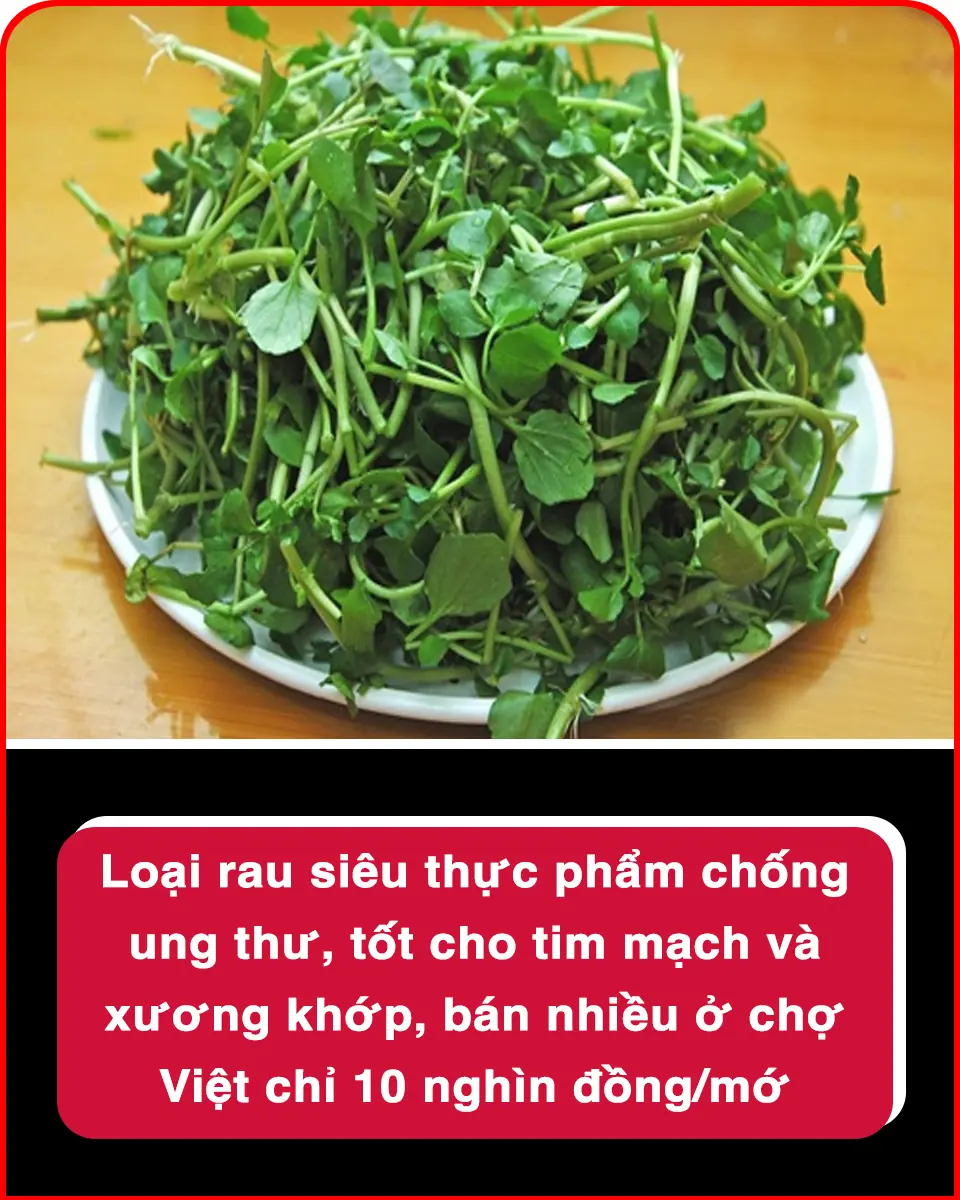
Don't soak frozen meat in water. Listen to the chef's instructions on how to defrost it in 5 minutes and the meat will still be delicious.
Don’t Thaw Frozen Meat in Cold Water — Chefs Reveal a 5-Minute Trick That Keeps It Tender and Flavorful
By Life & Kitchen – August 26, 2025
These days, almost every household stores meat in the freezer to use over time. When it’s time to cook, we simply take it out and defrost it — but most people do it the wrong way.
Many home cooks soak frozen meat in plain water to thaw it faster. However, this common habit often partially “cooks” the surface while leaving the inside frozen solid. It also washes away nutrients and flavor, making the meat less tender once cooked.
Professional chefs say there’s a simple, foolproof way to thaw frozen meat in just 5 minutes — without sacrificing taste or nutrition. Here’s how it works.
Step 1: Sprinkle Salt Over the Frozen Meat
Take the frozen pork (or any other type of meat) out of the freezer and sprinkle a thin, even layer of salt across its surface.
This step doesn’t just season the meat — salt also helps lower the freezing point, allowing ice crystals to melt more quickly.
According to culinary experts, salt draws a small amount of surface moisture out of the meat, creating a thin layer of brine that transfers heat more efficiently. This makes the thawing process both faster and more uniform.
Step 2: Massage the Meat Gently
Using your hands, gently rub the salt into the surface of the meat for about a minute.
This motion is similar to “massaging” the meat — it helps loosen the muscle fibers and evenly distribute the salt.
Within moments, you’ll feel the texture start to change: the once rock-hard meat becomes slightly pliable and begins to soften around the edges.
Step 3: Soak the Meat in Warm Water with White Vinegar
Next, place the salted meat into a small pot or bowl and add a splash of white vinegar.
White vinegar is not just a natural disinfectant — it also helps remove unpleasant odors and improves the overall flavor of the meat.
Then pour in warm water (around 40°C or 104°F) — not hot, just comfortably warm to the touch.
Water that’s too hot will start to cook the outside of the meat, causing nutrient loss and uneven texture.
Let the meat soak for about 5 minutes.
During this time, the salt and vinegar combination gently breaks down ice crystals while maintaining the meat’s natural juices and tenderness.
Once the meat becomes soft enough to slice easily, remove it from the water.
Step 4: Rinse and Prepare for Cooking
If the meat is a large cut, rinse it twice under clean water to remove any remaining traces of salt or vinegar.
This also helps accelerate the final thawing stage and ensures that the meat’s flavor remains clean and balanced.
At this point, your pork (or chicken, beef, or fish) is ready to cook — whether you plan to stir-fry, stew, or roast it.
Because this method keeps the muscle fibers intact, the meat stays juicy, tender, and flavorful, just like fresh.
Why This Method Works
Traditional thawing methods often expose meat to uneven temperatures, especially when using hot water or a microwave. The result: a dry, rubbery texture and nutrient loss.
In contrast, the salt–vinegar–warm-water method:
-
Thaws evenly without “cooking” the meat’s surface
-
Preserves essential amino acids and minerals
-
Helps neutralize bacteria and unpleasant odors
-
Keeps the meat’s texture soft and juicy
This technique is particularly useful for busy home cooks who forget to move meat from the freezer to the fridge ahead of time. It’s safe, fast, and doesn’t require any special tools.
Food Safety Tip
Even though this is a quick and effective method, always remember:
-
Never use boiling or very hot water — it can promote bacterial growth if the temperature fluctuates.
-
Cook thawed meat immediately; do not refreeze it.
-
If you thaw large quantities, keep portions separate to ensure even defrosting.
With this 5-minute chef-approved technique, you can save time in the kitchen and still serve meat that tastes fresh, tender, and packed with flavor — every single time.
✅ Disclaimer: This article provides general culinary advice. Always follow food safety guidelines and consult reliable sources for proper meat storage and handling.
News in the same category


Save millions of electricity bills every year by knowing how to clean this part of the rice cooker

Mix banana peels with this and leave it in the corner of the house. After just 1 night, all the cockroaches will run away.

4 ways to boil chicken without water

Tips to get rid of cockroaches from your house with easy-to-find ingredients that are both effective and extremely safe

Mix white vinegar with fabric softener to solve many household problems and save money.

Bitter but very good.

Everyone please take care of yourself 👇👇

Don't Just Roll Meat With Betel Leaves - 5 Medicinal Uses Worth More Than Western Medicine!

This is a very good anti-cancer food, and is affordable when sold in Vietnamese markets. 👇👇

How to grow lemons in pots to produce fruit all year round, the whole family can't eat it all

If your wooden door is infested with termites, just pour this mixture on it and your wooden furniture will still be beautiful after 10 years.

Vietnam has it all but no one knows how to eat it 👇👇

Lard vs. Cooking Oil: Which Is Better? Many People Still Misunderstand This Issue

Miraculous: Placing an Orange Beside Your Bed Can Surprisingly Improve Your Health

Don’t Wash Black Moldy Wooden Cutting Boards with Soap: Try This Simple Method and Your Board Will Be Spotless in Just 5 Minutes

7 Ways How To Deal With A Cheating Husband

Just Add a Few Drops of This When Frying Eggs — They Puff Up Fluffy and Soft, Two Eggs Seem Like Four

Jasmine growing tips: 4 simple steps, flowers bloom all year round, hundreds of flowers in full bloom
News Post

‘Shuts TF Up’: Scott Jennings’ Unhinged Back and Forth with Abby Phillip Takes a Turn When Van Lathan Begins to Speak

How to grow papaya in pots, fruit is heavy, big and sweet

Melissa Koby Becomes First Black Woman to Create Official U.S. Open Artwork, Honors Althea Gibson for 75th Anniversary

Save millions of electricity bills every year by knowing how to clean this part of the rice cooker

Mix banana peels with this and leave it in the corner of the house. After just 1 night, all the cockroaches will run away.

Joy-Ann Reid Returns to the Mic With New Podcast “The Joy Reid Show”

Kamala Harris Makes Surprise Appearance at Compton High Graduation After Chance Encounter With Student

4 ways to boil chicken without water

Tips to get rid of cockroaches from your house with easy-to-find ingredients that are both effective and extremely safe

Mix white vinegar with fabric softener to solve many household problems and save money.

Reading Rainbow Is Back With A New Host — Mychal the Librarian

Political Strategist Ashley Allison, Acquires The Root, Returning it to Black Ownership

Dr. Valencia Robertson Wells Becomes First Black President of the Alabama Optometric Association

Coronation Street Debbie Webster' secret child twist 'sealed' and her son is on cobbles

Meet Jonathan, The Oldest-Known Animal In The World

Mind-Blowing Cloud Formations You Probably Haven’t Seen Before

The Best Places to Photograph in Montana

A Thermometer Just Broke At -62°C (-80°F) In The World’s Coldest Village, And The Photos Are Breathtaking

15 Winners Of The Northern Lights Contest By “Capture The Atlas”
